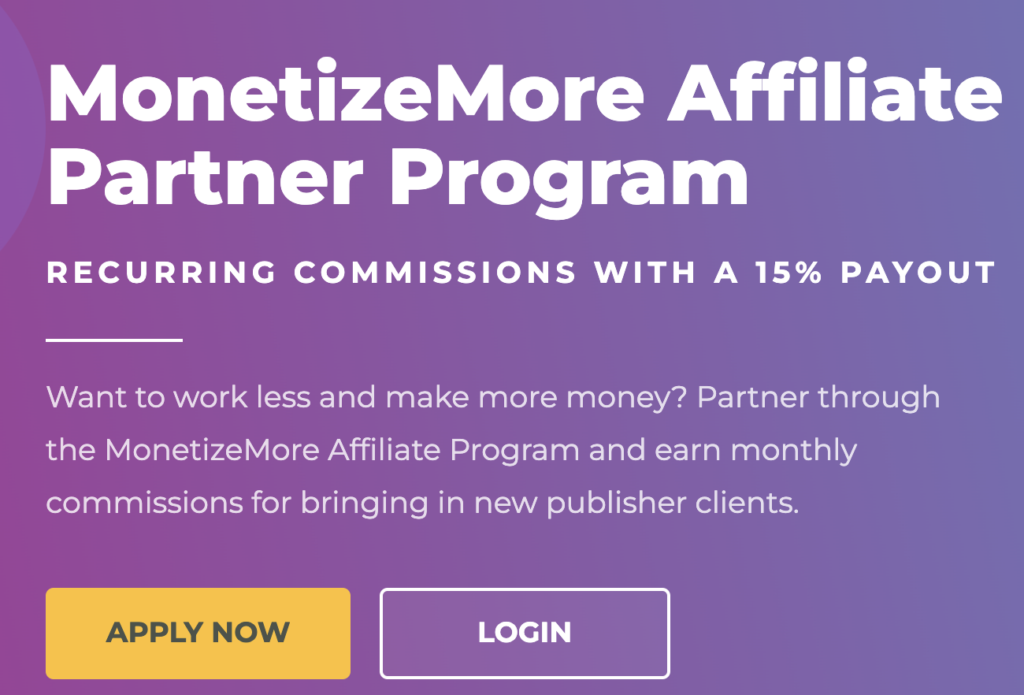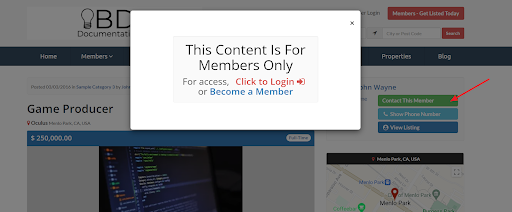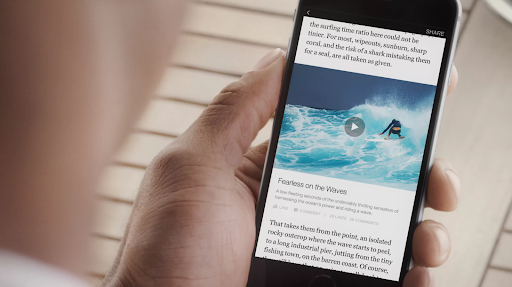The content creation process takes time. Whether you’re mass-producing content or writing well-researched quality pieces, your team exerts effort to create them. So you may need more than just marketing ROI.
Content monetization generates revenue directly through each piece. Content creators, such as social media influencers and blog writers, get revenue from this.
So, here are the various ways you can monetize your pieces. These monetization strategies work with different types of content, from blog posts to videos.
1. Affiliate Sales

In affiliate marketing, companies get content publishers to sell their products. The content creators promoting the products are called “affiliate marketers” or simply “affiliates.” Affiliates can be solo influencers, production houses, or content websites.
Affiliates earn a commission every time a lead purchases a product through them. Companies assign affiliate links and promo codes that content viewers may use, as shown in the image above. When content viewers use that link or promo code, it generates a revenue stream for the affiliate content publishers.
How can you start affiliate marketing?
You can start affiliate marketing if you have a blog, a series of videos, or any type of content. To start, identify which products can seamlessly blend into your pieces. Good luck shoehorning a dog food affiliate link into a crypto article.
Have a list of companies you’d want to work with. These will be your options. Then, check if they have an affiliate program. For example, a digital marketer could look for affiliate programs from web hosting, CRMs, and email marketing solutions. If it’s unclear from the website whether they have a program, send an email proposal suggesting an affiliate partnership.
You can also look through affiliate networks for affiliate opportunities.
You won’t be making any money unless your affiliate link is clicked. So each piece of content must be compelling and actionable. This will encourage a higher click-through rate on your affiliate link.
But the downside is that you need decent traffic to maximize affiliate commissions. For this, you’ll need a large, consistent audience. It helps to do keyword research and invest in search engine optimization to drive quality traffic to your pieces. You can also leverage social media to drive more traffic to your site.
2. Membership Content
When you feel your digital content is worth a premium plan, you can opt for a membership monetization method. This method locks your more valuable content behind a subscription (or one-time payment) wall. You earn revenue when you get customers to sign up for your content.
This exclusive content may be email newsletters, occasional webinars, paid subscription podcasts, and member-exclusive videos. YouTube and Twitch are platforms that offer creators access to membership monetization methods. You can create your members-only platform too. You can go to the playstore and create a QR code for app downloads that you can share with your members.
How can you provide membership content?
This content monetization strategy relies on high-quality, original content. First, lay out the valuable content you’ll provide to your audience. Then, determine what topics aren’t typically seen online for free. Using your expertise, share unique insights your audience can apply in their day-to-day life.
It’s crucial to maintain the quality of your membership content. Your audience will unsubscribe if they no longer perceive value in your content.
Also, market your subscription if you want to make the most out of membership content. You may use your email marketing, social media posts, and other content to promote your subscription service.
It’s also worth pointing out that this monetization option is ideal for well-established publications. In other words, you must first build your audience with free content before introducing the subscription model. That will help your audience see your content’s value and expertise. This would then make it easier for them to pay for the content down the road when you introduce subscriptions.
For example, Forbes used to be a free, reliable source for different kinds of thought-leadership content. They built a massive audience with this content. Then, in early 2022, the publication introduced a subscription newsletter.
3. Sponsored Content

Sponsored content comes in many forms. They could be mentions in a video or entire pieces dedicated to the sponsoring brand. Sponsored content promotes a brand to your audience, driving engagement for the advertising brand.
This Capital One credit Card full review by NerdWallet is a good example.
For example, if you create listicles, you may dedicate a section to promoting a particular company. Meanwhile, a YouTuber or TikToker may create a short-form video of themselves using an exciting product.
How can you provide sponsored content?
Companies are reaching out to you as an influencer. They should perceive value from partnering with you. So you should already have a niche following if you want to charge for sponsored content.
Once you grow your audience, you may have a “Contact Us” section on your website. This is where aspiring promoters can reach out to you. If you’ve grown an audience on social media, place your email in the respective bio section.
Companies will reach out to you and provide promotion guidelines. But it is up to you to choose whom to strike a deal with, filtering those irrelevant to your brand and audience.
The downside to this method is that you’re personally promoting a third-party brand. So you’d be putting your authority as a creator on the line with each sponsored content contract. When not done right, this will be counterproductive to building your brand.
4. Ads
Advertising platforms pay you for ad placements throughout your content. These placements are dynamic ad placements. So, different viewers may see a different advertising brand.
Advertisers place their ads on content platforms like Google, YouTube, and Meta. Then, the content platform decides what pieces of content to place the ads on. The more viewers or blog readers your piece gets, the more people will see the ad, and the higher your earning potential.
With ad monetization, you’ll only need to focus on creating wide-reaching, high-quality content. You don’t need to compromise your authority to be monetized with ads.
How can you provide ad spaces?

If you run a blog, you can monetize through Facebook’s Instant Articles or Google AdSense.
Instant Articles is a Facebook feature that shows app users the article without leaving the app. Facebook will then insert ads on the Instant Article preview of your piece, as shown in the image below.
If a blog opts to monetize through Google AdSense, Google will show ads on that blog. These ads can be in the form of images, videos, and interactive content. The more views and click-throughs the ad has on the blog post, the higher the blogger is paid.
You can monetize your videos as well if you’re a video creator. For example, advertising platforms may place in-stream and banner ads in your video. Also, different platforms will have different monetization rules.
For example, Facebook has unique eligibility requirements that creators must meet to monetize their content with in-stream ads. Meanwhile, YouTube won’t monetize videos containing copyrighted music.
Understanding the platform’s rules is essential before considering monetizing your videos.
The downside to placing ads on your content is that they may disrupt the user experience. But if your content is valuable and entertaining, your audience will gladly tolerate them.
In Closing
Content monetization is an effective way of earning revenue from high-quality content. Regardless of the type of content you produce, you can monetize it. The following ways are effective content monetization methods.
Affiliate revenue is the commission earned from affiliate programs. Membership content is a monetization model where you charge access to exclusive content. Sponsored content consists of baked-in promotions that mention an advertising brand. Lastly, the most common method is through ads. These ads are dynamic placements that earn you revenue the more people see them.
You may utilize one or any combination of these as you see fit. Just be sure that you don’t compromise brand authority.
Blog Post Credits

David Pagotto is the Founder and Managing Director of SIXGUN, a digital marketing agency based in Melbourne. He has been involved in digital marketing for over 10 years, helping organizations get more customers, more reach, and more impact.
source https://www.monetizemore.com/blog/content-monetization/




0 Comments